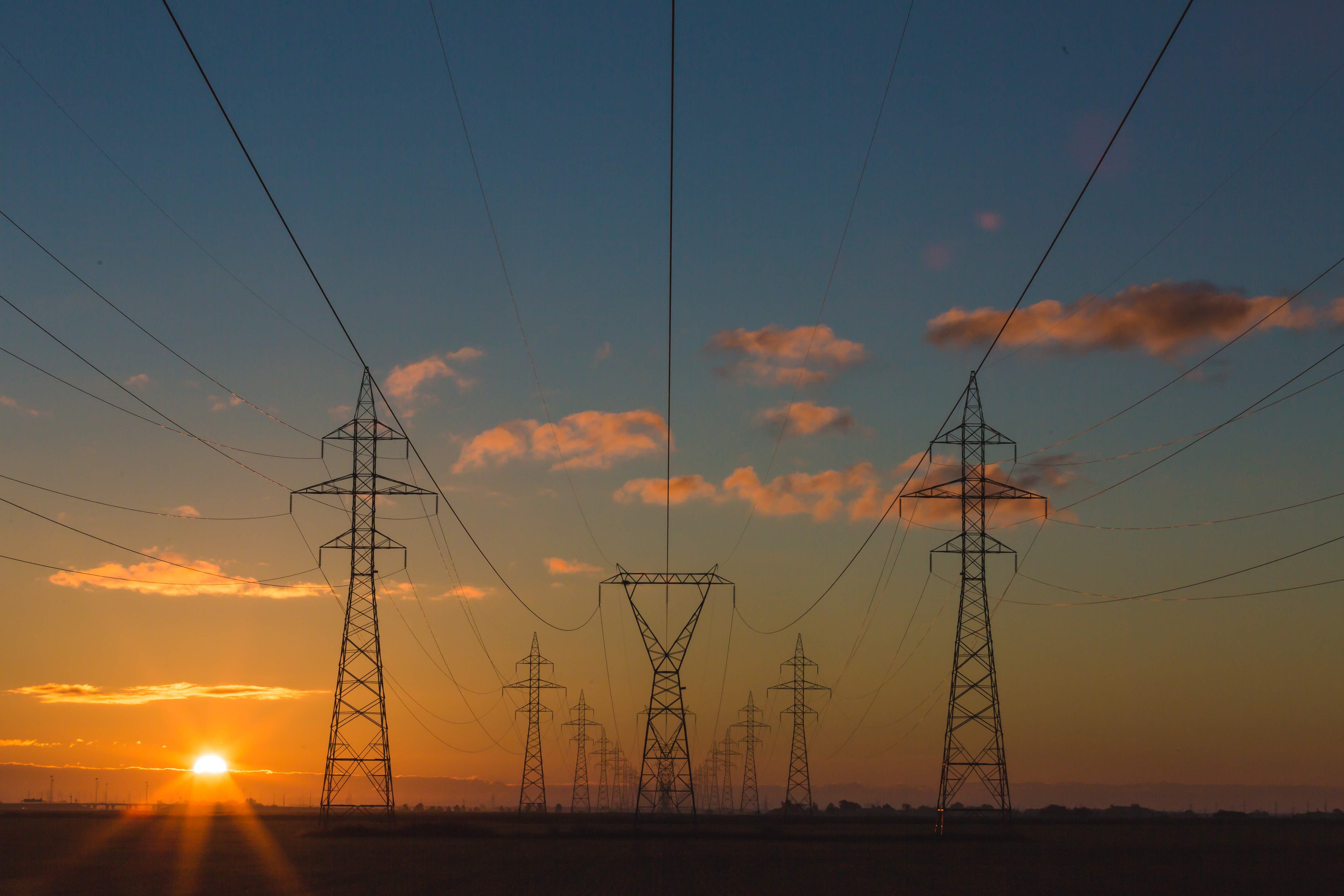Texas-based Vistra Energy is planning to develop a 300MW/1,200MWh battery storage facility in California, US.

Image: A transmission line. Photo by Matthew Henry on Unsplash.
The proposed battery storage project, which is expected to be the one of the largest of its kind globally, is planned to be built under a 20-year resource adequacy contract with local utility Pacific Gas and Electric (PG&E).
PG&E has recently filed a request with the California Public Utilities Commission (CPUC) for the approval of contract for the project, which will be located project at PG&E’s Moss Landing Power Plant site in Moss Landing, California.
Vistra president and CEO Curt Morgan said: “Vistra is excited for this opportunity to work with PG&E, and the State of California, to develop a world-class battery project on our Moss Landing site, while building industry-leading expertise in the development and commercialization of battery storage assets.
“The Moss Landing battery project will be the largest of its kind in the world and will position Vistra as a market leader in utility-scale battery development. This project is consistent with Vistra’s strategy to opportunistically invest in new technologies in support of the changing energy supply landscape.”
Subject to receipt of CPUC approval, Vistra plans to build and commission the battery storage project by the fourth quarter of 2020.
Vistra plans to use the existing interconnection from the mothballed Moss Landing units 6 and 7 for the project as well as an existing turbine building on the site to house the batteries.
Separately, the utility said is seeking CPUC approval for one utility-owned project and three third-party owned projects, which includes the Vistra’s project.
The utility-owned energy storage system is the 182.5MW lithium-ion battery energy storage system (BESS) to be located in the Moss Landing Substation of PG&E. Tesla will be responsible for the supply of battery packs for the project.
The other projects include a 10MW aggregation of behind-the-meter batteries located at customer sites as well as stand-alone, transmission-connected 75MW BESS located near the city of Morgan Hill.
